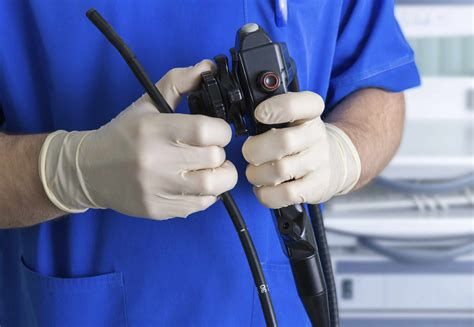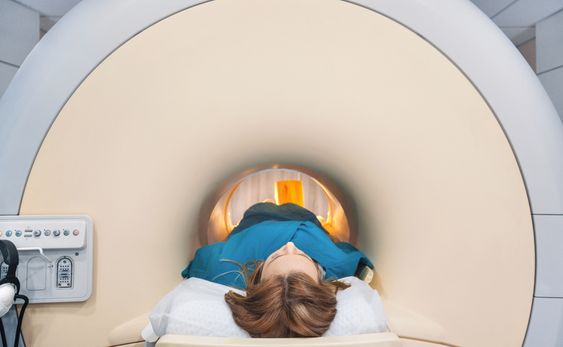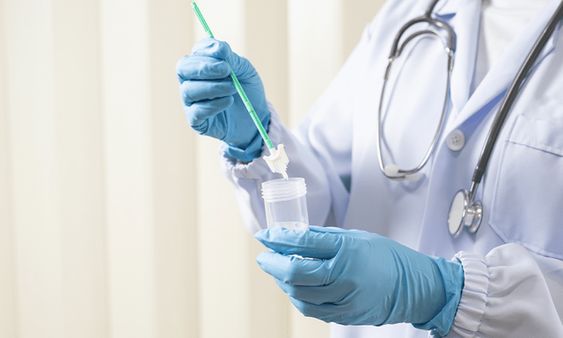What is an Endoscopy?
An endoscopy is a procedure that allows doctors to view the inside of your body using an endoscope. An endoscope is a long, flexible tube with a light and camera attached to it.

During an endoscopy, the endoscope is inserted into your body through a natural opening, such as your mouth, rectum, or urethra. The camera sends images to a monitor, allowing your doctor to see the inside of your digestive tract, respiratory tract, or urinary tract. Endoscopies can be used to diagnose a variety of conditions, such as ulcers, polyps, tumors, and inflammation.
When is an Endoscopy Needed?
Your doctor may recommend an endoscopy if you are experiencing symptoms such as:
- Abdominal pain
- Rectal bleeding
- Difficulty swallowing
- Unexplained weight loss
- Chronic diarrhea or constipation
An endoscopy can also be used to screen for certain cancers, such as colon cancer.
What are the Risks of an Endoscopy?
Endoscopy is a generally safe procedure, but there are some risks, such as:
- Bleeding
- Infection
- Perforation of the digestive tract
These complications are rare, but it is important to be aware of them.





